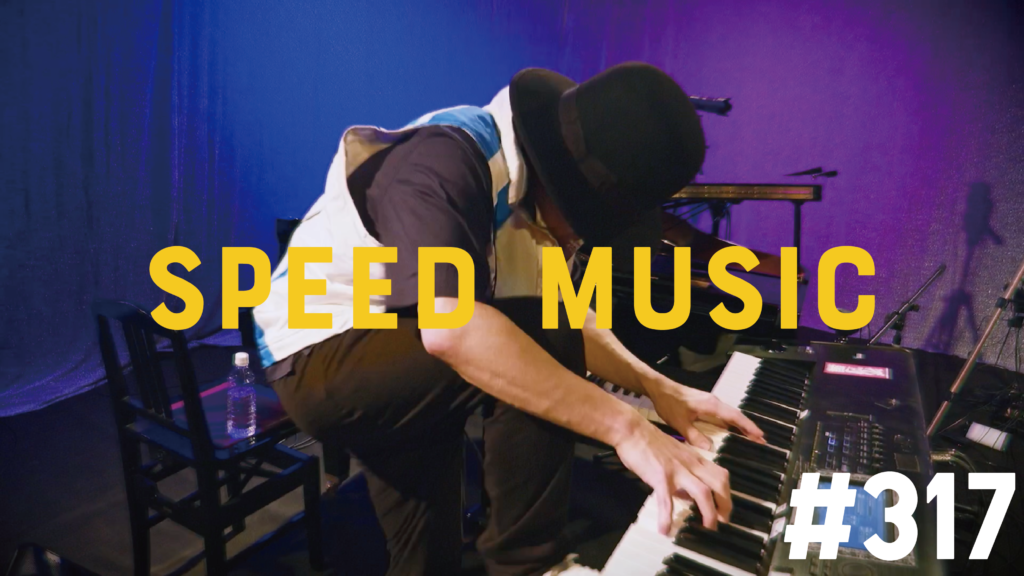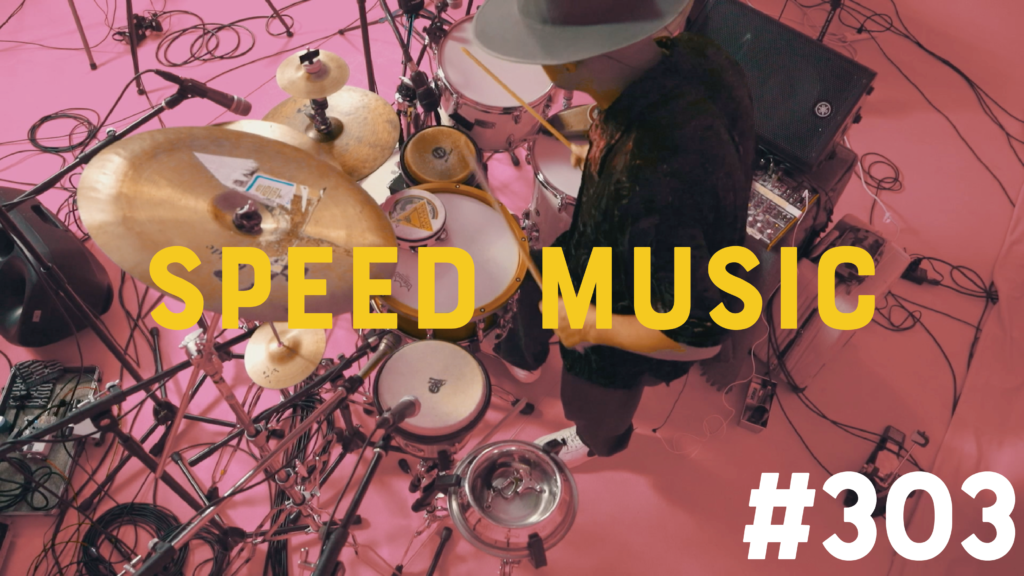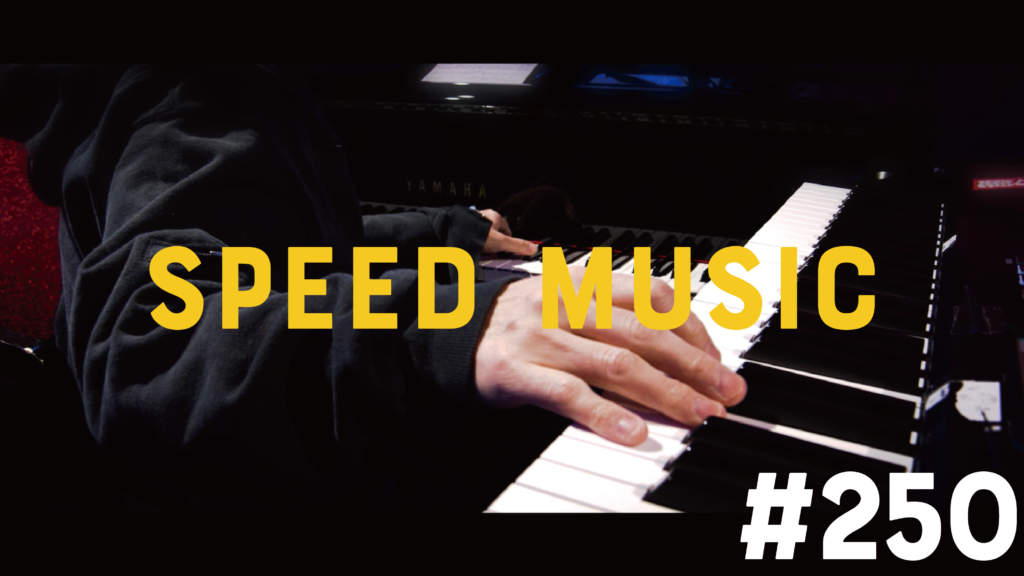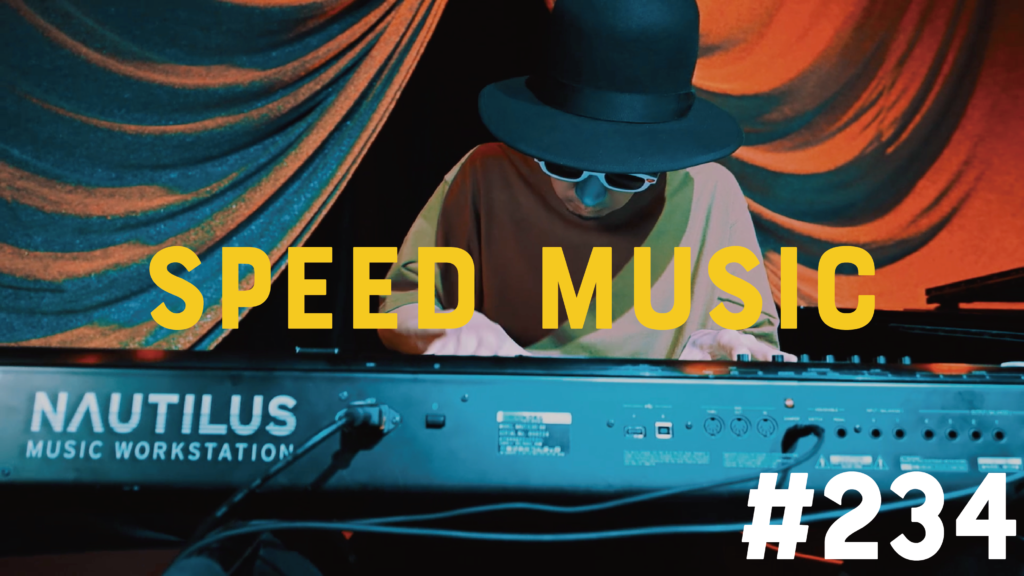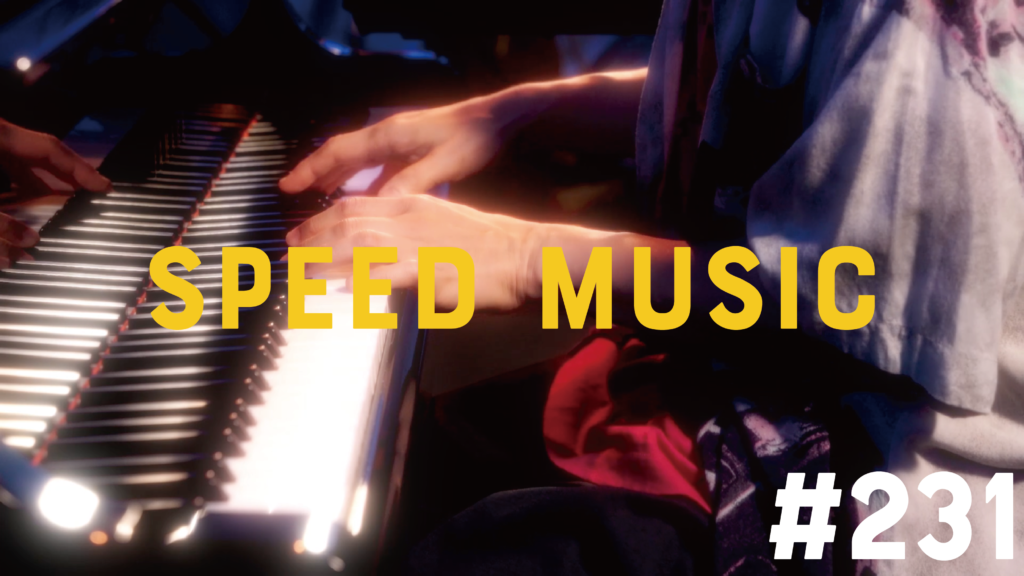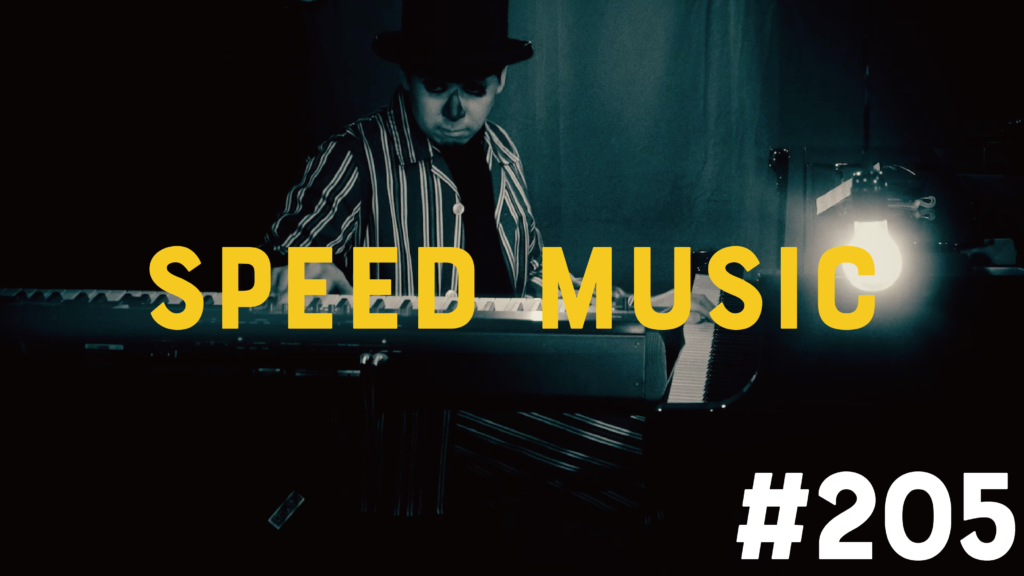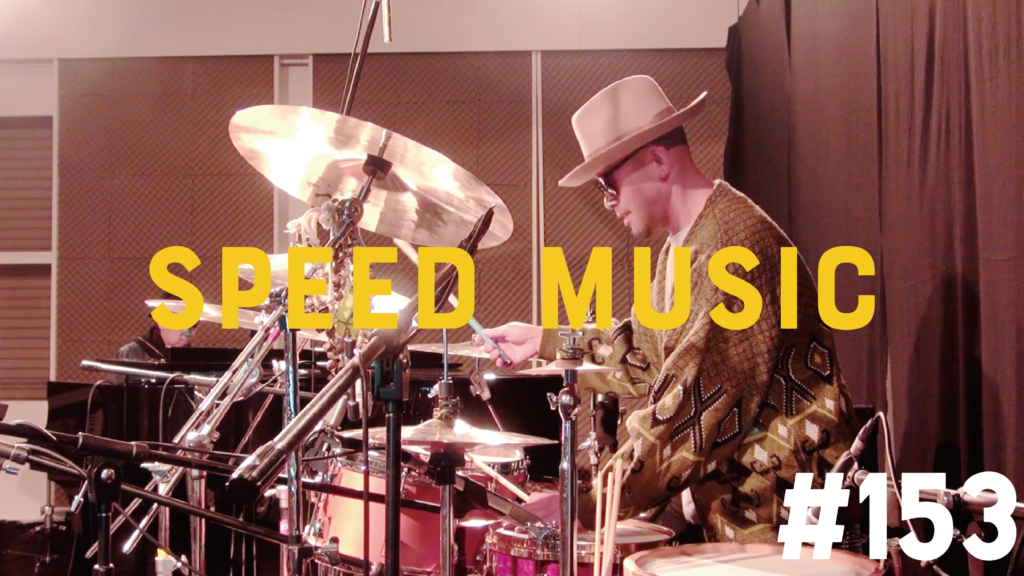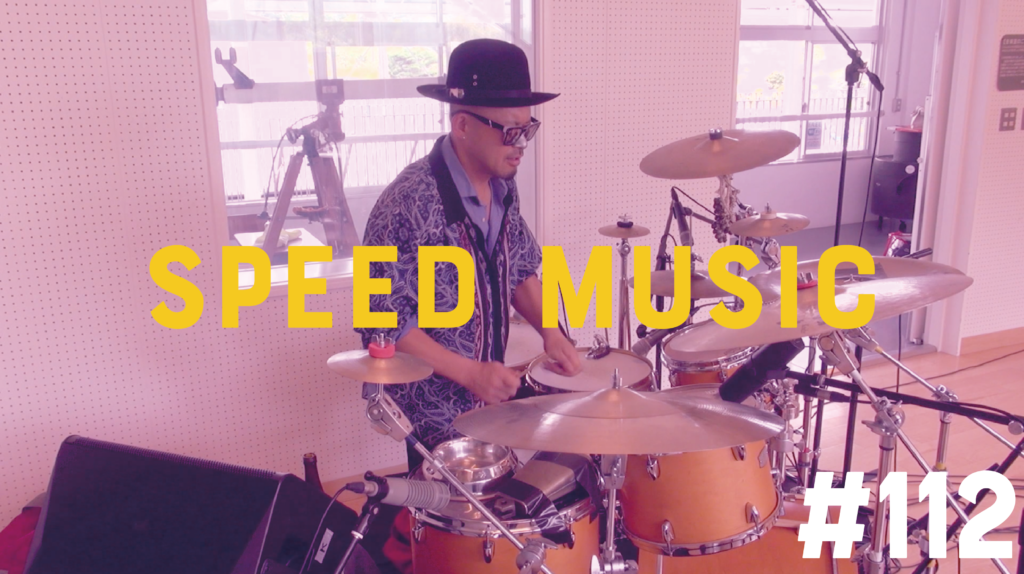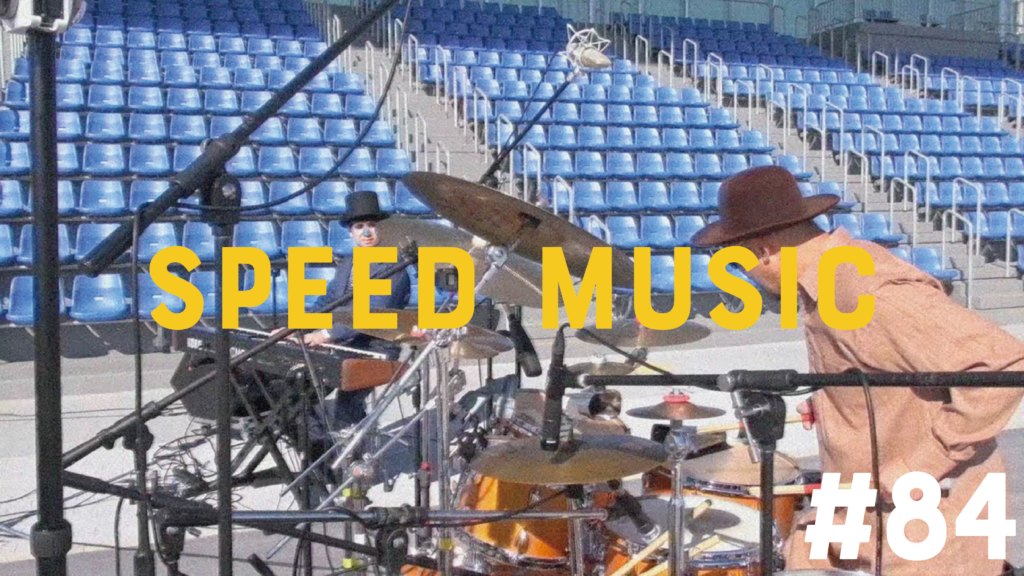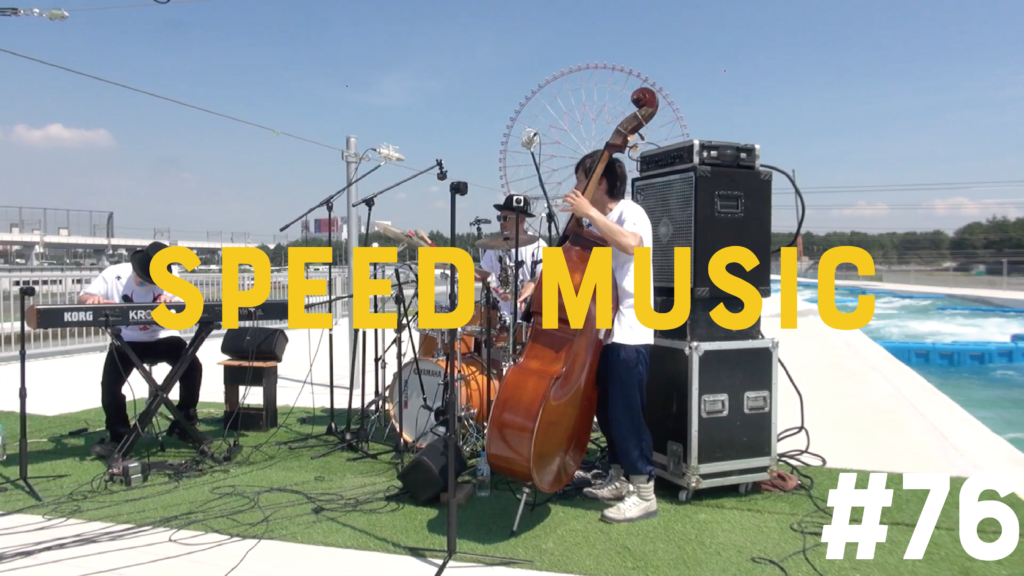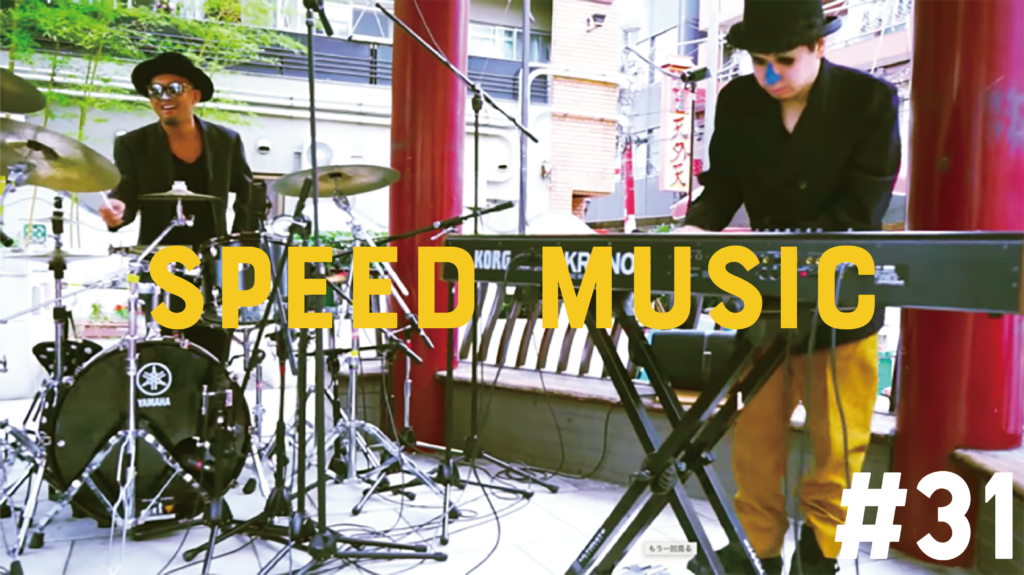#231 ワイワイワールド / 水森亜土 by H ZETTRIO
テレビアニメ『Dr.スランプ アラレちゃん』のオープニングテーマとして使用された楽曲であり、同曲を収録した水森亜土のシングル。「ワイワイワールド」は『Dr.スランプ アラレちゃん』で使用された曲の中では最長期間となり、1話から第197話(1981年4月8日 - 1985年3月20日)、ラスト4話となる第240話から第243話(最終話)で使用された。「アレアレアラレちゃん」も1話から使われたが、111話で夏期間のため「アラレちゃん音頭」に変わり、128話から通常も「いちばん星み〜つけた」となり、1年間使われなかった。1984年9月から再び起用されたが、翌年3月にオープニングと一緒変更された。(フリー百科事典 ウィキペディア日本語版より:https://x.gd/zto6K)
This song was used as the opening theme for the TV anime ``Dr. Slump Arale-chan'', and is a single by Ado Mizumori that includes the same song. "Wai Wai World" is the longest song used in "Dr. Slump Arale-chan", from episode 1 to episode 197 (April 8, 1981 - March 20, 1985), and the last four episodes. It was used in episodes 240 to 243 (the final episode) of Naru. "Areare Arale-chan" was also used from episode 1, but in episode 111 it was changed to "Arale-chan Ondo" due to the summer season, and from episode 128 it was also changed to "Ichiban Hoshimi~tsuketa" and was not used for a year. . It was used again in September 1984, but the opening was changed in March of the following year. (From the free encyclopedia Wikipedia Japanese version: https://x.gd/zto6K)

